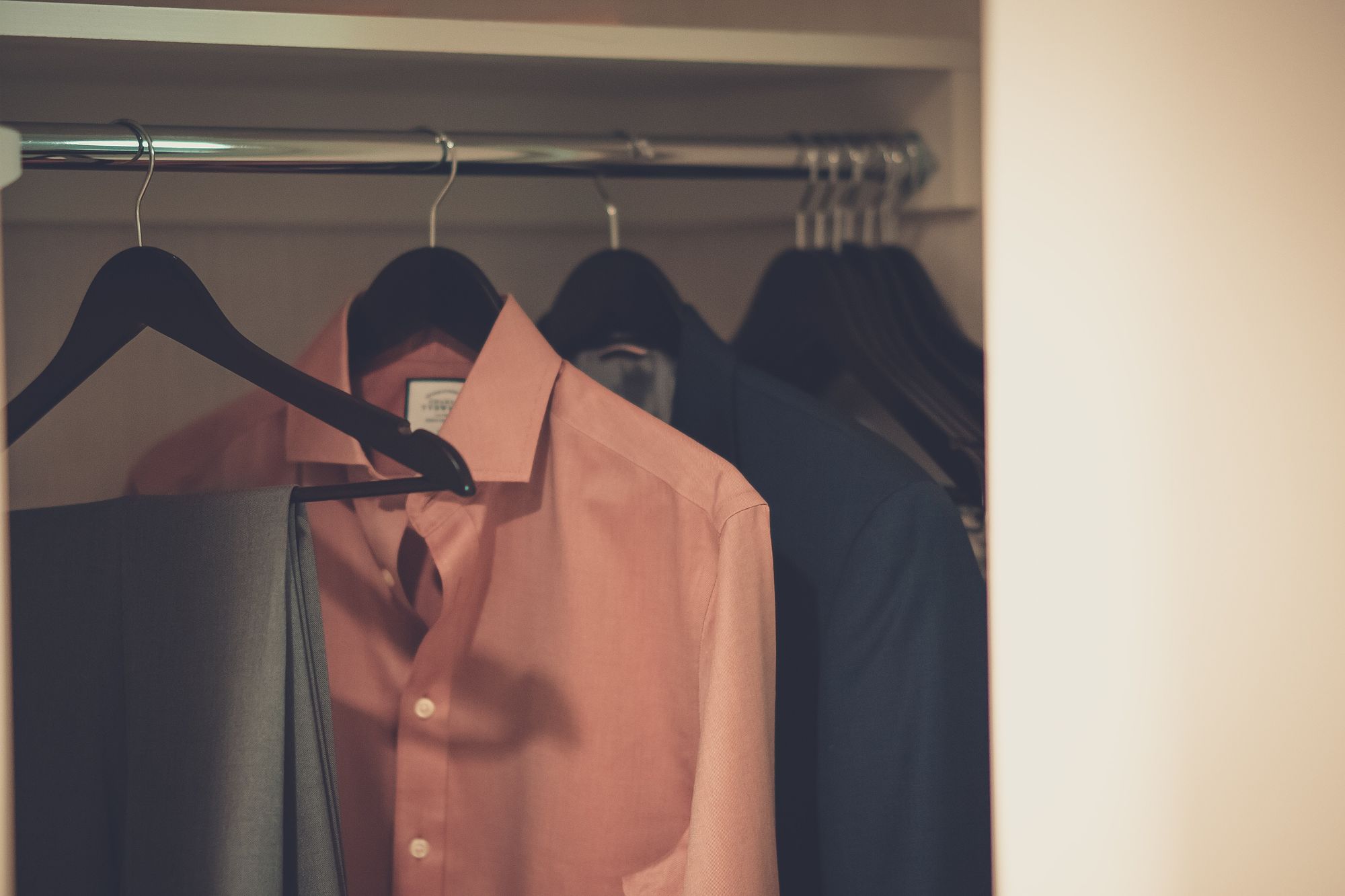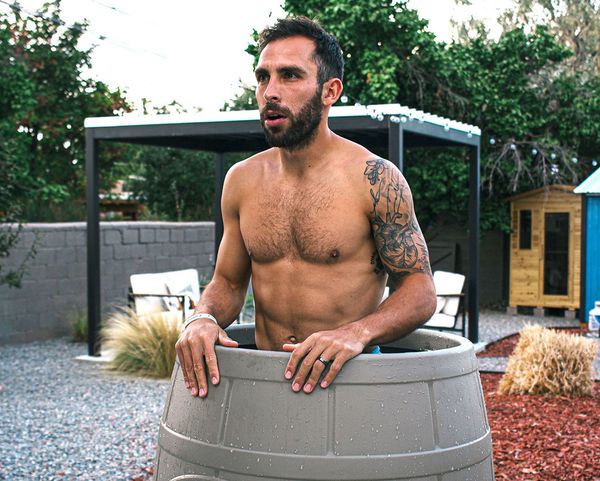Closet organization is a crucial aspect of maintaining a well-kept and functional living space. One of the essential components of an orderly closet is the proper installation of closet rods. To optimize your closet storage, it's vital to determine the ideal closet rod height that caters to your specific needs.
In this comprehensive guide, we'll delve into various factors to consider, standard measurements, and customization options to help you achieve the perfect closet rod height for your space.
Factors to Consider When Determining Closet Rod Height
Clothing Types and Lengths
Before deciding on the closet rod height, consider the types of clothing items you'll be hanging. Take note of the longest items, such as dresses, coats, or pants, to ensure they don't touch the closet floor. For shorter clothing like shirts and blouses, a lower rod height may suffice.
User Height
Account for the user's height when determining the closet rod height. A comfortable height allows for easy access to clothing without straining or reaching. For multi-user closets, consider installing adjustable rods to cater to varying heights.
Ceiling Height
The height of your closet ceiling can also impact the optimal rod height. If you have a high ceiling, you may be able to install double hanging rods to maximize storage space. Conversely, with a lower ceiling, a single rod may be more appropriate.
Standard Closet Rod Height
Single Rod Heights
For single-rod closets, the standard height is approximately 66 inches (167.6 cm) from the floor. This height is ideal for hanging most clothing items, including dresses, suits, and long skirts. However, you may need to adjust this measurement based on the factors mentioned above.
Double Rod Heights
Double-rod closets provide additional storage options for shorter clothing items. For closets with a double-rod system, the standard height for the upper rod is 81 inches (205.7 cm) from the floor while the lower rod is typically installed at 42 inches (106.7 cm). These measurements accommodate most shirts, blouses, pants, and skirts, but be sure to consider your unique wardrobe needs.
Children's Closet Rod Heights
For children's closets, the rod height should be lower to allow for easy access. A standard height of 45 inches (114.3 cm) is generally recommended. As the child grows, consider installing adjustable rods or repositioning the rod to accommodate taller statures.
Customizing Your Closet Rod Height
Closet Shelves with Ample Room
Adjustable Rods
To create a versatile closet system, consider installing adjustable closet rods. These rods can be easily repositioned to accommodate changing wardrobe needs or users of varying heights. Adjustable rods are available in various materials and designs, ensuring that you find the perfect match for your closet.
Built-in Closet Systems
Built-in closet systems offer a more tailored approach to closet organization. These systems often include adjustable shelves, drawers, and rods, allowing you to create the ideal storage solution for your unique needs. Consult with a professional closet designer to create a custom-built closet that maximizes your available space and optimizes the rod height for your wardrobe.
Tips for Maximizing Closet Space
Hanging Space for Hanging Clothes
Use Slim Hangers
One simple way to create more space in your closet is by using slim, non-slip hangers. These hangers take up less space than traditional options and provide a better grip on your clothing, reducing the likelihood of items slipping off and creating clutter.
Tiered Hangers
Tiered hangers are designed to hold multiple items vertically, making efficient use of your closet space. These hangers are particularly useful for organizing pants, skirts, or scarves and can help keep your wardrobe neat and accessible.
Shelf Dividers
To optimize your closet's shelf space, consider using shelf dividers. These handy tools create designated spaces for various items, such as folded clothing, bags, or shoes, preventing them from becoming disorganized or mixed together.
Storage Bins and Baskets
For items that don't need to be hung, utilize storage bins and baskets to keep your closet organized. These containers can be placed on shelves or the closet floor to store accessories, shoes, or seasonal items. Choose clear bins or label them for easy identification and access.
Maintaining an Organized Closet
Regularly Declutter
To maintain an organized and efficient closet, make a habit of regularly decluttering your wardrobe. Remove items that no longer fit or that you haven't worn in a long time. Donate or repurpose these items to keep your closet clutter-free and make room for new additions.
Arrange by Type and Color
Organizing your clothing by type and color not only makes your closet visually appealing but also makes it easier to locate specific items. Group similar clothing together, such as shirts, pants, or dresses, and then arrange them by color for a streamlined and accessible wardrobe.
Rotate Seasonal Items
As the seasons change, so do our clothing needs. To keep your closet organized and relevant, rotate your seasonal items. Store out-of-season clothing in bins or under-bed storage, and keep current-season items front and center in your closet.
Conclusion
Standard Closet Shelf Height
Determining the ideal closet rod height is essential for creating a functional and organized storage space. By considering factors such as clothing types, user height, and ceiling height, you can establish the perfect rod height for your needs. Standard measurements serve as a useful starting point, but customization through adjustable rods or built-in closet systems can further enhance your closet organization.
Double Rod Closet System
Use the tips provided in this guide to maximize your closet space, and maintain an orderly wardrobe that caters to your unique needs. With the perfect closet rod height and an organized storage system in place, you'll enjoy a stress-free and efficient dressing experience every day.






